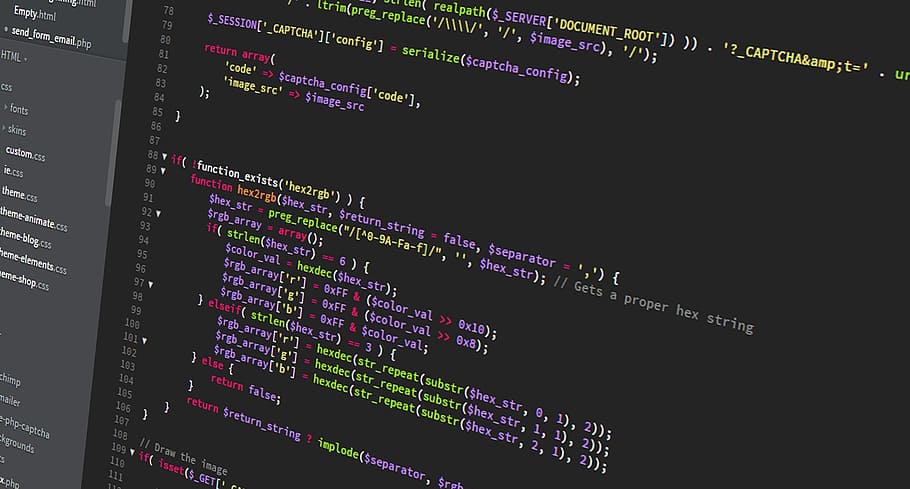Python Linked Lists shall be mastered by every programmer. A linked list is a collection of nodes, each made up of a reference and a value. Nodes are strung together into a sequence using their references. Linked lists can be used to implement more complex data structures like lists, stacks, queues, and associative arrays.
Python Linked lists: Single linked list example
This example implements a linked list with many of the same methods as that of the built-in list object.
class Node:
def init(self, val):
self.data = val
self.next = None
def getData(self):
return self.data
def getNext(self):
return self.next
def setData(self, val):
self.data = val
def setNext(self, val):
self.next = val
class LinkedList:
def init(self):
self.head = None
def isEmpty(self):
"""Check if the list is empty"""
return self.head is None
def add(self, item):
"""Add the item to the list"""
new_node = Node(item)
new_node.setNext(self.head)
self.head = new_node
def size(self):
"""Return the length/size of the list"""
count = 0
current = self.head
while current is not None:
count += 1
current = current.getNext()
return count
def search(self, item):
"""Search for item in list. If found, return True. If not found, return False"""
current = self.head
found = False
while current is not None and not found:
if current.getData() is item:
found = True
else:
current = current.getNext()
return found
def remove(self, item):
"""Remove item from list. If item is not found in list, raise ValueError"""
current = self.head
previous = None
found = False
while current is not None and not found:
if current.getData() is item:
found = True
else:
previous = current
current = current.getNext()
if found:
if previous is None:
self.head = current.getNext()
else:
previous.setNext(current.getNext())
else:
raise ValueError
print 'Value not found.'
def insert(self, position, item):
"""
Insert item at position specified. If position specified is out of bounds, raise IndexError """
if position > self.size() - 1:
raise IndexError
print "Index out of bounds."
current = self.head
previous = None
pos = 0
if position is 0:
self.add(item)
else:
new_node = Node(item)
while pos < position:
pos += 1
previous = current
current = current.getNext()
previous.setNext(new_node)
new_node.setNext(current)
def index(self, item):
"""
Return the index where item is found.
If item is not found, return None.
"""
current = self.head
pos = 0
found = False
while current is not None and not found:
if current.getData() is item:
found = True
else:
current = current.getNext()
pos += 1
if found:
pass
else:
pos = None
return pos
def pop(self, position = None):
""
If no argument is provided, return and remove the item at the head. If position is provided, return and remove the item at that position. If index is out of bounds, raise IndexError """
if position > self.size():
print 'Index out of bounds'
raise IndexError
current = self.head
if position is None:
ret = current.getData()
self.head = current.getNext()
else:
pos = 0
previous = None
while pos < position:
previous = current
current = current.getNext()
pos += 1
ret = current.getData()
previous.setNext(current.getNext())
print ret
return ret
def append(self, item):
"""Append item to the end of the list"""
current = self.head
previous = None
pos = 0
length = self.size()
while pos < length:
previous = current
current = current.getNext()
pos += 1
new_node = Node(item)
if previous is None:
new_node.setNext(current)
self.head = new_node
else:
previous.setNext(new_node)
def printList(self):
"""Print the list"""
current = self.head
while current is not None:
print current.getData()
current = current.getNext()
Usage functions much like that of the built-in list.
= LinkedList() ll.add('l') ll.add('H') ll.insert(1,'e') ll.append('l') ll.append('o') ll.printList()
H
e
l
l
o
Must Read Python Interview Questions
200+ Python Tutorials With Coding Examples
Other Python Tutorials
- What is Python?
- Python Advantages
- Python For Beginners
- Python For Machine Learning
- Machine Learning For Beginners
- 130+ Python Projects With Source Code On GitHub

